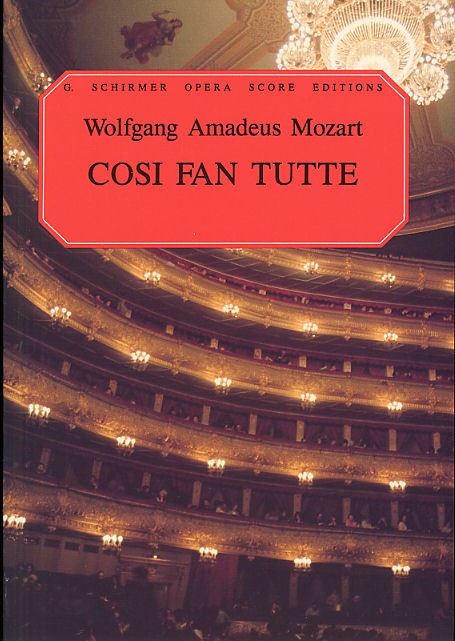Remembrance Day - Full Score
'All music, be it "abstract" or "descriptive," or "popular" or "serious," must speak for itself. Words about it are irrelevant, unless they be lyrics or narration. That being said, I will attempt a few words about my piece, because I was asked to do so, and the very special nature of the event in which this first performance takes place. Therefore I offer a guide to the musical gestures and terrain that make up the work, and hopefully help communicate my music to the listener. " Remembrance Day " opens softly with a prologue evoking a distant nostalgic Lullaby. As it fades, a sudden loud chime combines with high Clarinets in an anguished sequence that cries out a musical pattern establishing and shaping the body of the work. The music alternates between elegiac thematic references and the pulsations and accents of chimes and tolling bells. A slight pause-then subdued but menacing sounds from muted Trombones, Tuba, and Percussion. Over this is a variant of the Clarinets initial "cry of anguish"- but this time in quiet grief-turning into a funeral cortege. The cortege proceeds to chants and responses that grow in intensity, changing to hymn-like swelling and embellishments. A sudden explosive interruption, brutal and violent-the previous menacing muted trombone motif now unleashed. This leads to a full-blown and affirmative chorale. Following this climax the work winds down, diminishing in intensity. There are passing references to what was heard before. Now comes a last variation on the chant, and a pianissimo echo variant in muted Trumpets and then Woodwinds of the hymns and chorales. As this recedes comes the plaintive cry of anguish again-unresolved. Once again, quiet pulsations, a short silence-and the epilogue-a few fragments of the opening lullaby-some final pulsings-a few timpani beats-silence. I am honored to have been asked to write this work, and I thank the Raymond and Beverly Sackler Foundation for making this possible. I also hope that our children's children, and their children in the next 21" Century, will live in a world of peace and compassion, wondering why we inmates of the 20th Century asylum spent most of the time destroying each other, while fervently believing in the divinity of humankind.' - Morton Gould, August 23, 1995

















































